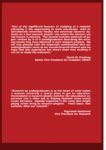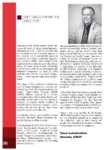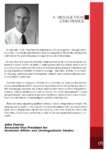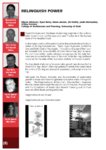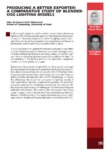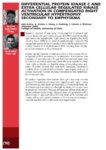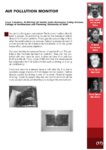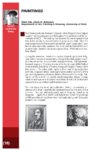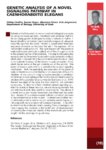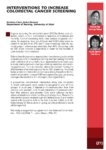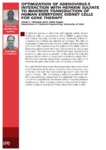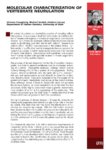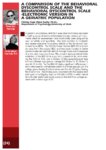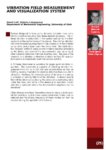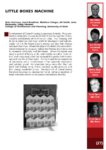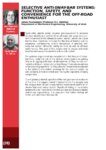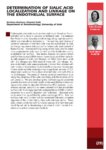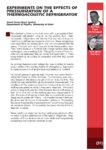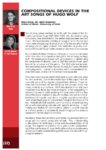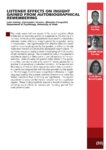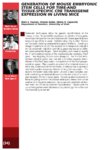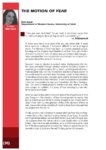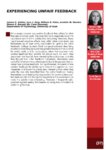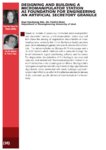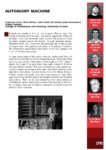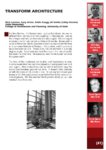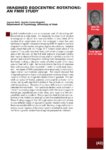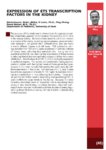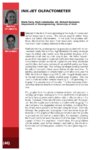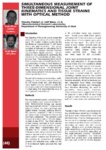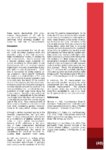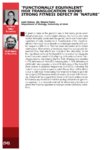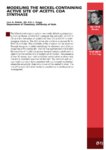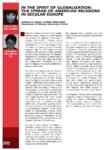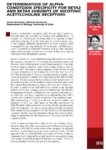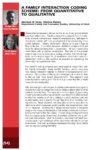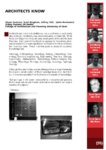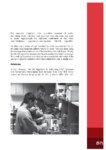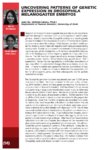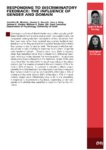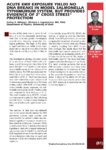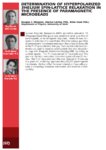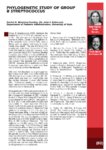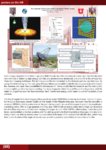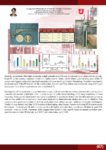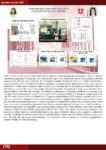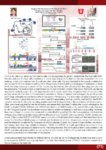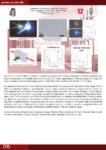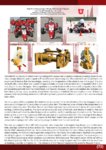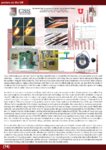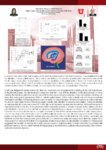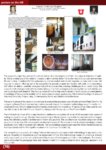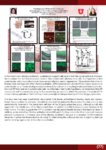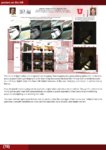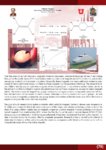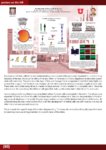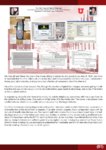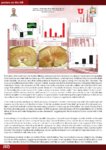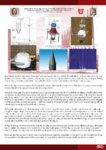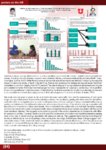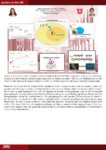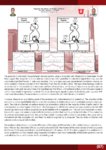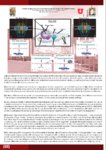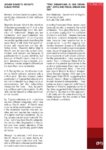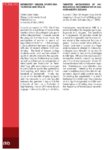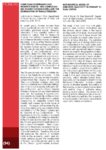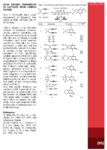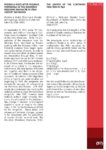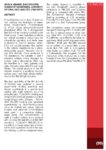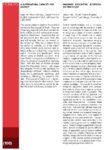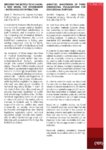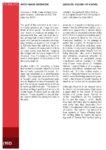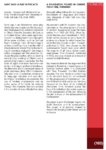| OCR Text |
Show MODELING CARDIAC COMPLICATIONS OF DIABETES IN MICE Jun Z. Luo Psychology Jun Z. Luo, (Dale E. Abel MD, Ph.D.) Department of Endocrinology, Diabetes and Metabolism Program in Human Molecular Biology and Genetics, University of Utah ft Faculty Sponsor Dale E. Abel MD. Ph.D. Approximately 6.3% or 18.2 million peo- ple in the United States suffer from diabe-tes. Cardiovascular disease accounts for 80% of diabetes-related deaths. Diabe- tes is associated with profound changes in cardiac metabolism that reduces ATP production and increases the risk of heart failure. Mice with a cardiomyocyte-selective in- sulin receptor knockout (CIRKO) using cre/loxP recombination was generated to study the role of insulin signaling on post- natal cardiac development and cardiac metabolism (2). Cre is an enzyme that causes recombination (deletion) of DNA sequences that are flanked by 34 base-pair loxP sites. CIRKO mice were gener-ated by crossing mice that were homozy- gous for an insulin receptor allele flanked by loxP sites (IR lox/lox) with IR I ox/1 ox transgenic mice containing cardiomyocyte restricted expression of cre recombinase (by driving cre expression with the alpha- myosin heavy chain promoter). CIRKO mice have the genotype Cre-IR lox/lox. These mice displayed the absence of in-sulin receptors from their cardiomyocytes since birth because cre mediated recom-bination of the insulin receptor resulted in a frame shift mutation that introduced a premature stop codon into the insulin re-ceptor gene. CIRKO mice phenotypically exhibited a reduction of cardiomyocyte size by 20-30% with about 36% decrease in cardiac output compared to controls. A tamoxifen-inducible cre recombinase protein fused to two mutant estrogen-re-ceptor ligand-binding domains (MerCre-Mer) under the control of the alpha-myo-sin heavy chain promoter were crossed with IR lox/lox mice to generate mice with temporally controllable deletion of insulin receptors in cardiomyocytes. The mutant estrogen receptor (Mer) is in- sensitive to estrogen but is activated by the antagonist of estrogen (tamoxifen) (3). In the absence of tamoxifen, car- diomyocyte insulin receptor expression is normal in MerCreMer IR lox/lox mice. When tamoxifen is administered to these mice, the MerCreMer fusion protein is activated and migrates to the nucleus where it causes recombination of the loxP containing insulin receptor alleles. This subsequently leads to loss of insulin receptors from cardiomyocytes. Thus Mer- CreMer transgenic mice allow for tempo-ral regulation of gene expression in vivo. In conclusion, both CIRKO and MerCreMer mice allow for the examination of insulin signaling on postnatal cardiac metabo- lism, physiology and cardiac development. CIRKO mice are born without insulin recep-tors while MerCreMer is an inducible form of CIRKO that can inactivate insulin receptors in adult hearts following activation of the transgene by tamoxifen. They both repre-sent valuable tools with which to model the role of altered myocardial insulin signaling in the cardiac complications of diabetes. Reference: 1. American Diabetes Association, March 15, 2004. http://www.diabetes.org 2.Belke, D., Betuing, S., et al. (2002) Insulin signaling coordinately regulates cardiac size, metabolism, and contractile protein isoform expression. The Journal of Clinical Investigation. 109: 629-639. 3.Sohal, D.S., et al., (2001) Temporally regu-lated and tissue-specific gene manipula-tions in the adult and embryonic heart us-ing a tamoxifen-inducible cre protein. American Heart Association, Inc. 89: 20-25. |


